If you love to garden, but live in a region with a short growing season, you can still successfully grow vegetables outdoors in the homestead garden. Fresh scallions, chives, lettuce, spinach, basil, and radishes are all fast-growing veggies that are easy to grow, easy to harvest, and easy to sell as a supplemental cash crop.
Read on to discover 10 fast-growing vegetables that mature quickly and store well.
Scallions
Scallions are any variety of onions harvested before the bulb matures. You will never find a more elegant flavor than spring scallions fresh picked from the garden. Scallions bring the pungent, sweet green flavor without the tears and peeling of a mature onion.
Clump-forming Allium fistulosum is a flowering perennial variety that never forms a bulb. Plant as an attractive garden edging for a bountiful supply of scallions all spring and summer long. Scallions love a sunny spot with good drainage, and they do best in a nutrient-rich loamy soil. Scallions require at least an inch of water weekly.
Lettuce
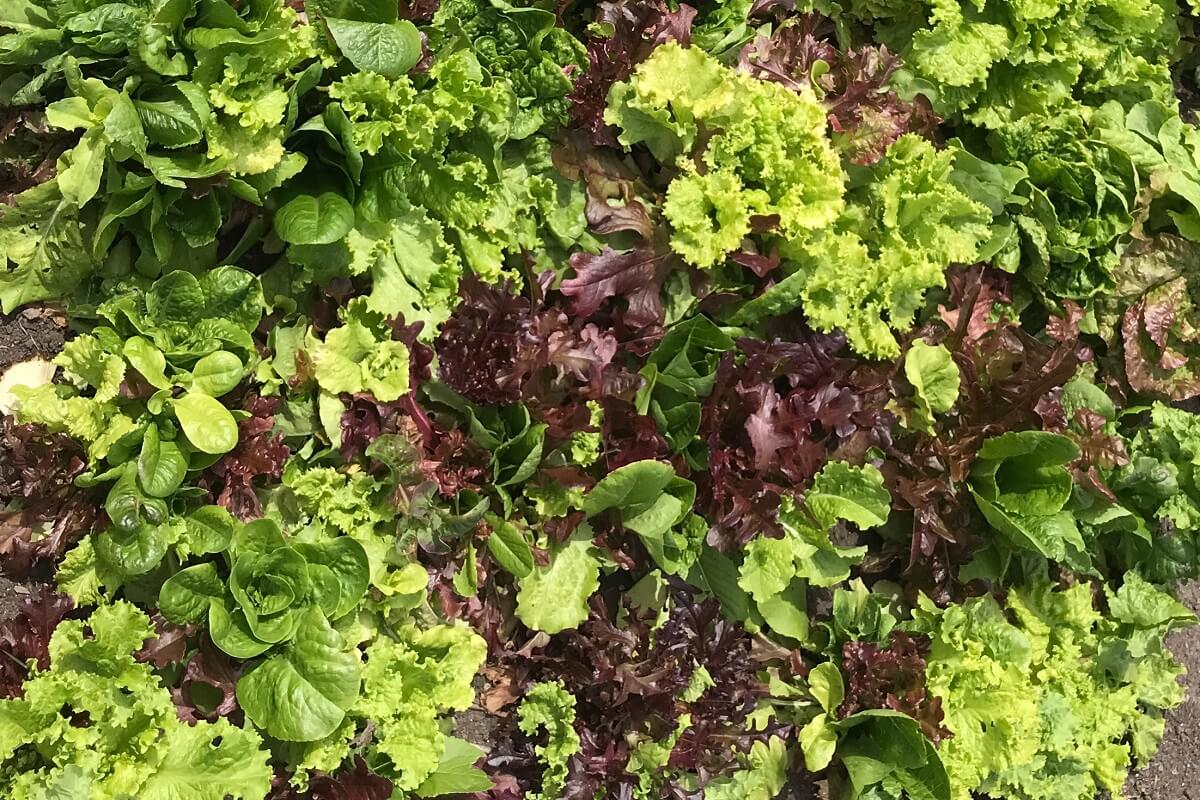
Before planting lettuce, enrich the soil with organic garden compost or aged herbivore (cow, sheep, horse, goat) manure. Work the soil well so that it is loose and crumbly.
Related Post: Growing Lettuce
Butter and Bibb lettuce seedlings can be planted 4 inches apart. For romaine and endive lettuce varieties, plant seeds 6 to 8 inches apart. Lettuce varieties mature anywhere from 50 to 60 days.
Spinach
A leafy vegetable that loves the sun, spinach thrives in fertile, loamy, well-drained soil. Plant seedlings 4 to 6 inches apart in rows spaced 12 to 18 inches. As seedlings develop, weed out the weakest plants, making room for vigorous growth of the healthiest spinach plants. Provide an inch of water weekly.
Basil
If you love fresh pesto sauce and pasta, basil is a must-have in the spring garden. Basil adds flavorful zest to sauces, soups, salads, and stews. Easy to grow, basil loves morning sun and rich, well-drained soil. Plant in the garden or grow in a pot on the kitchen window sill.
Radishes
For a crispy, crunchy, spicy bite of flavor, nothing beats a radish. Fast-growing radishes flourish when planted as a cover crop for potatoes, carrots, cauliflower, and cucumbers. Plant radishes in a full sun, well-drained spot in the garden. Water to keep the garden soil uniformly moist. If the soil is allowed to dry out completely between watering, radishes will be tough and bitter tasting.
Related Post: How To Store Radishes
Radishes mature in less than 50 days. Harvest when radishes are marble-size or larger (the larger the radish, the hotter the taste). If you haven’t tried roasted radishes, you are in for a treat. Brush radishes with extra-virgin olive oil, bake at 325 degrees Fahrenheit for 20 minutes or until fork-tender.
Bush Beans
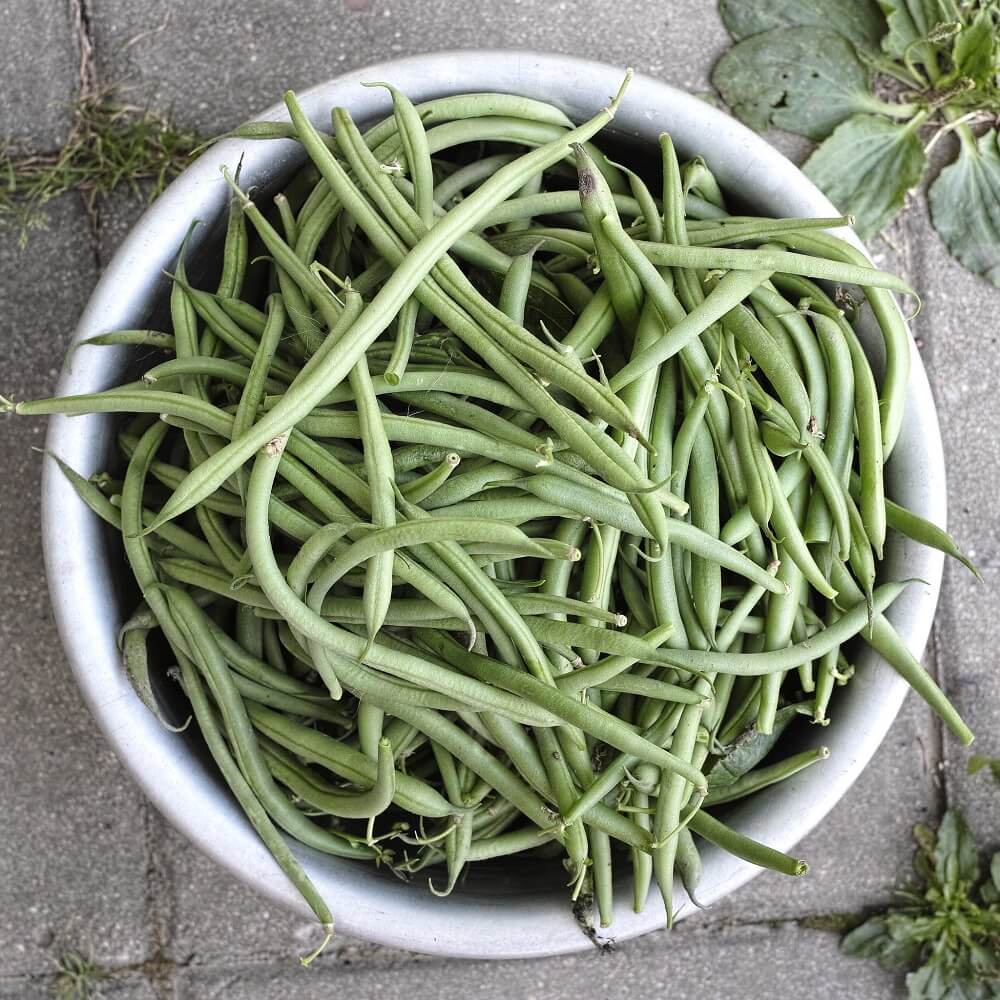
Easy to grow bush beans are a summer treat. Grown best in nutrient-rich soil with a pH of 5.5 to 6.5, bush beans produce an abundant crop in a sunny spot that receives plenty of water. Plant seeds 4 to 6 inches apart in rows spaced 2 feet.
Carrots
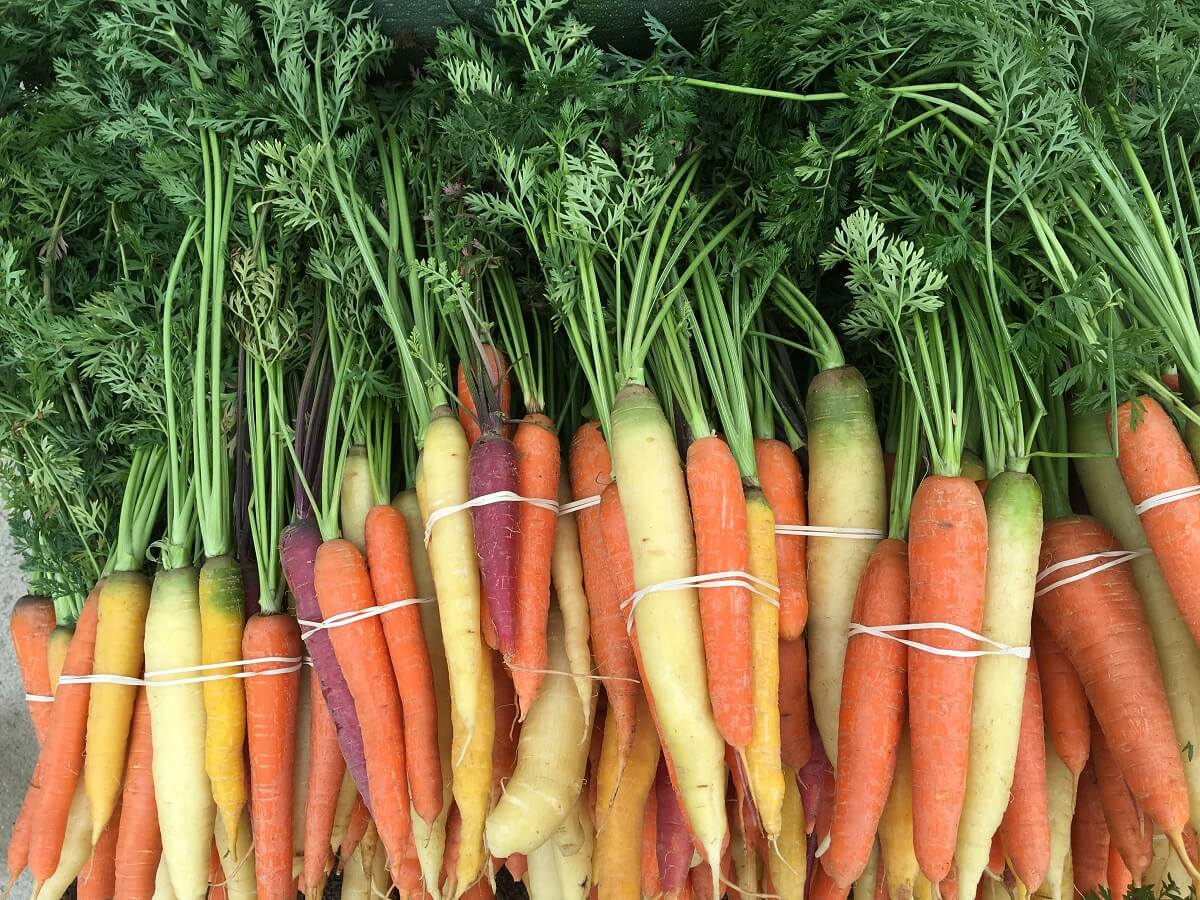
When planting carrots, choose a well-drained area in a full sun location. Prepare the garden before planting by weeding, removing roots and rocks, and amending with organic compost or aged manure. Test soil, amending again as needed. The pH should be between 6.0 to 6.8 for optimum growth.
Related Post: Growing Carrots
Keep in mind that carrot seedlings are super-sensitive to frost. Plant carrot seeds outdoors three weeks after the last frost date of spring. When seedlings are 3 inches tall, thin to 2 to 3 inches apart to allow carrots plenty of room to mature.
Beets
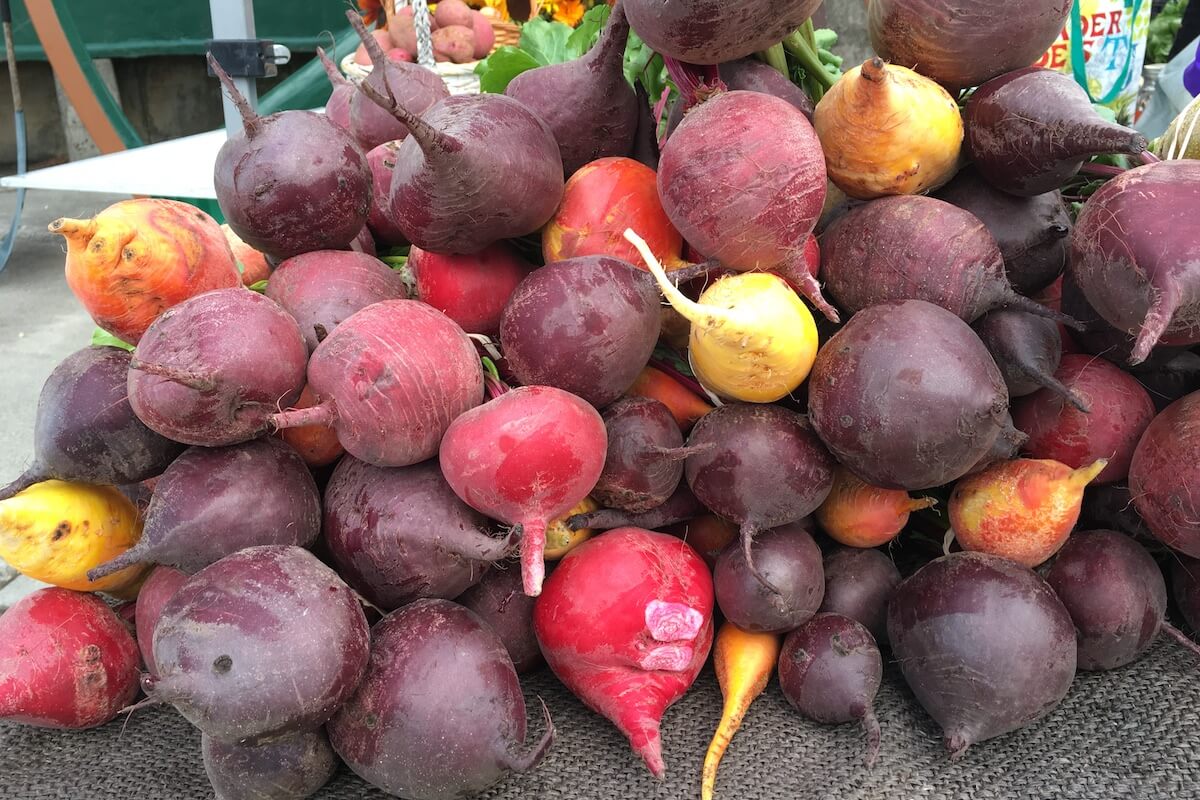
A root vegetable, beets have the same growing requirements and light preferences as carrots, turnips, and parsnips: nutrient-rich soil, plenty of sunshine, and lots of water. Plant in rows 12 inches apart. Thin to 3 inches between plants.
Related Post: Companion Planting For Beets
The tender beet leaves pulled in thinning taste great in a spring salad. Beets store well, and provide a tasty treat in a variety of dishes all winter long. Try them grated raw in a salad, boiled, baked, grilled, or fried as a side dish, or pickled as a condiment.
Bok Choy
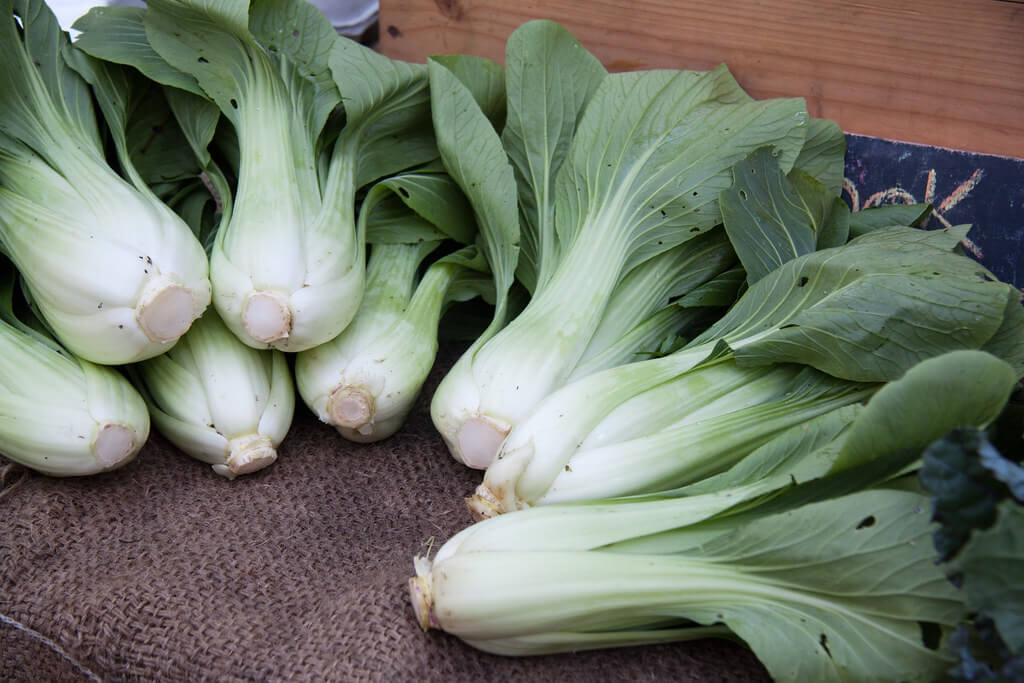
A staple in Asian cuisine, bok choy requires a fertile, loamy, well-drained soil in a full sun spot in the garden. Soil pH should be from 6.5 to 7.02 for optimum harvest and the most tender, flavorful heads.
Bok choy is crunchy and crisp raw, and great in salads or slaws. The nutrient-rich vegetable flavors soups and stews and is a zesty condiment when pickled or fermented. Plant bok choy after all danger of frost, and keep competitive weeds at bay.
Peas
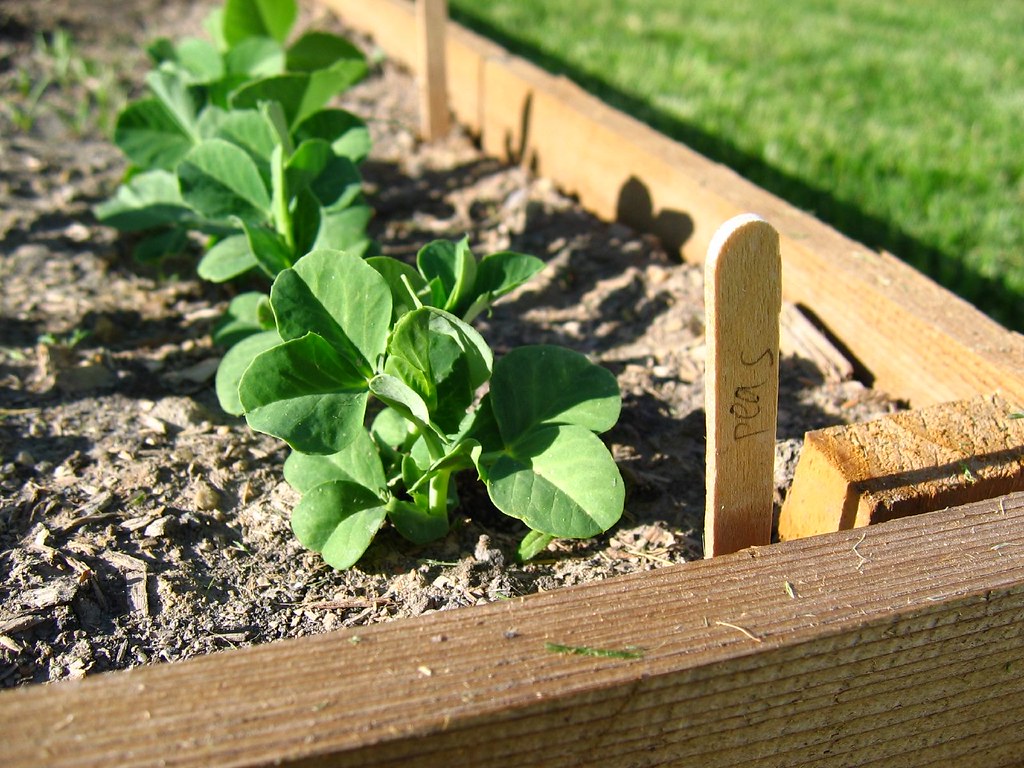
A climbing, vining vegetable, peas excel in rich, loamy soil with a pH of 6.7. However, you can still achieve a bountiful harvest in soil with a pH of 5.0 to 7.0. The soil needs to drain well. Peas cannot thrive with soggy roots.
Provide support such as a wall, fence, or trellis as the plants mature. As pods develop, thin every other pod for early spring peas, and allow the remaining pods to mature for summer picking.
Choosing A Garden Location
Climate conditions dictate what vegetables proliferate and at what time of year. There are optimum climate ranges for all vegetable crops. Some fast-growing vegetables are heat sensitive while others that are cold-sensitive may be affected by a late frost.
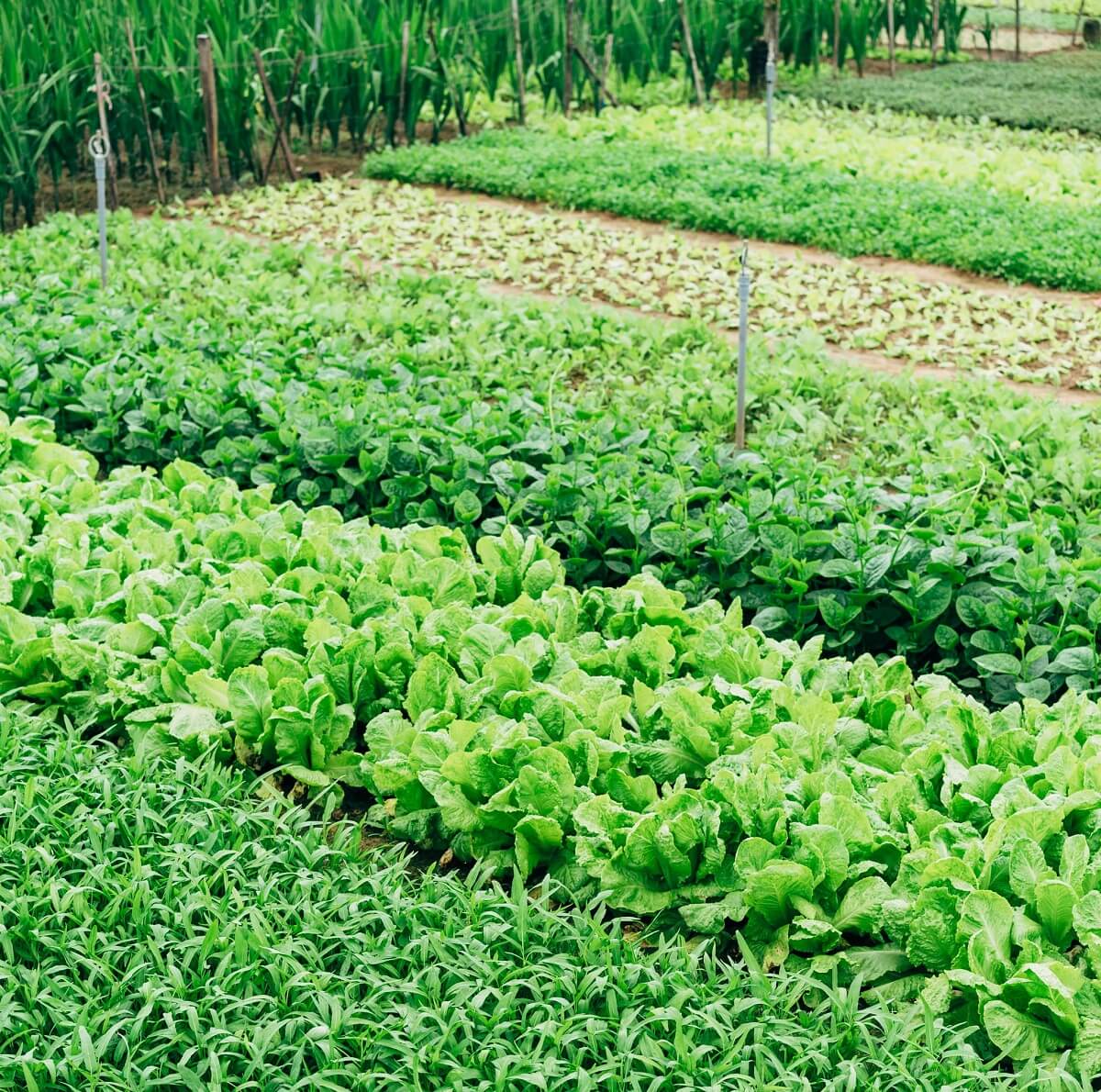
When establishing a new garden, soil type and topography are important considerations. Vegetables require a sunny spot with nutrient-rich soil and good drainage.
Related Post: How to Protect Plants From Frost: 12 Clever Methods That Work
While some soils are suitable, others may be less so and require modification of the soil or an adjustment in growing methods. Water holding capacity, fertility of the soil, and soil pH influence the garden management chores that will need to be addressed.
Test The Soil Before Planting
If you have multiple growing locations available on your property, it is wise to take soil samples from all areas to test for soil fertility. Do-it-yourself pH test kits are available online or for purchase from local home and garden centers.
Related Post: Soil Testing
However, for a complete and accurate broad-spectrum soil analysis, take samples to your local county extension office. Plan to amend the soil as recommended.
Preparing The Garden For Planting
No matter if you are establishing a new gardening site or planting in a previously cultivated patch, it is important to work the soil. Till to a depth of at least a foot, removing roots, rocks, and weeds.
Hoe and rake the soil to break up dirt clods. If the soil (based on the results of your soil test) indicates it needs a bit of help, work in generous amounts of organic garden compost or well-aged herbivore manure (cow, sheep, goat, llama, horse, mule).
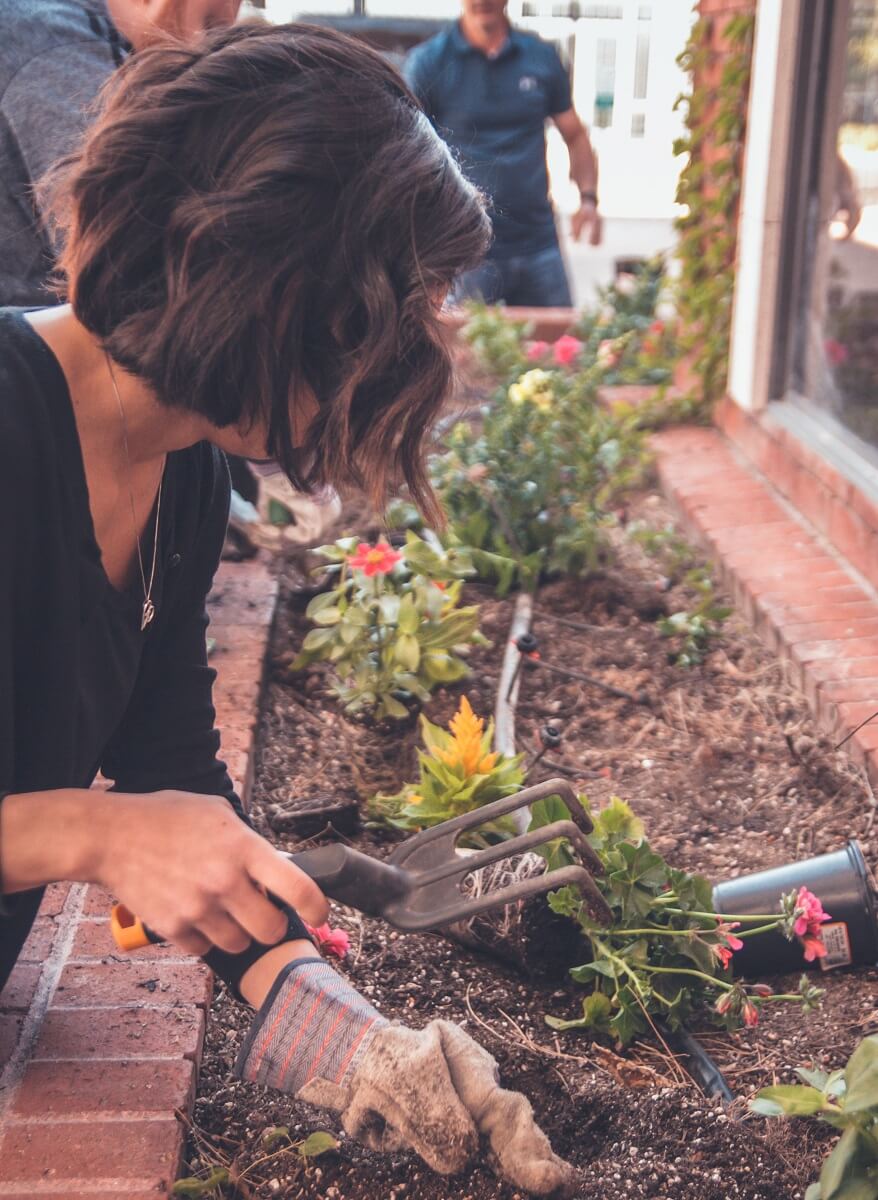
Choose a garden site with excellent drainage. Vegetables contain a lot of water, and growing plants require lots of moisture. However, they cannot tolerate standing water so avoid a location where water pools. Make sure there is a water tap close to your garden site. Availability of water is essential, and you can’t count on seasonal rains.
Consider Planting Vegetable Starts
To get a jump on the growing season, plant seedlings purchased from local nurseries or gardening outlets. The plants should be healthy and well established, to make them easy to transplant. If you prefer to grow garden plants from seed, start early.
Growing Vegetables Without A Garden Bed
If you reside in a condo, duplex or apartment with no room for a garden, a patio, balcony, or apartment rooftop can produce deliciously fresh and tasty vegetables and fruits all summer long.
Growing Vegetables In Containers
Use lightweight pots and containers to plant colorful flowering squash, cucumbers, peppers, tomatoes, and green beans. Galvanized tubs with holes drilled in the bottom for drainage, are excellent for compact city gardens.
If you are using taller decorative planters, fill up the bottom half with rocks, then fill the container or pot with potting soil mixture. That way, you will require less potting soil, and the roots can stretch out, grow, and drain.
Growing Vegetables In Crates
Plastic, stackable crate trays such as those used for bakery deliveries, are great for fast-growing greens. Line the tray with cheesecloth or landscape fabric to contain the soil. Fill with a mixture of equal parts peat, organic compost, and soil. Sprinkle with seed, water the trays, and watch your garden grow. You will soon have a steady supply of fresh salad greens.
Grow Climbing Vines
Allow climbing and vine-type plants to ramble over the side of balcony rails or on the trellis around the patio.
Related Post: 15 Trellis Plants For Your Wall, Pergola, and Arbor
Keep in mind that gardens on the side of high-rise buildings are exposed to more sunlight and wind than those grown on ground level. Make sure to provide plenty of water, and check dryness levels daily.
Consider Fast-Growing Strawberries
Although they are not a vegetable, fast-growing strawberries are an excellent crop for the small garden, producing an abundance of sweet, juicy berries. Choose ever-bearing varieties to have berries all summer long.
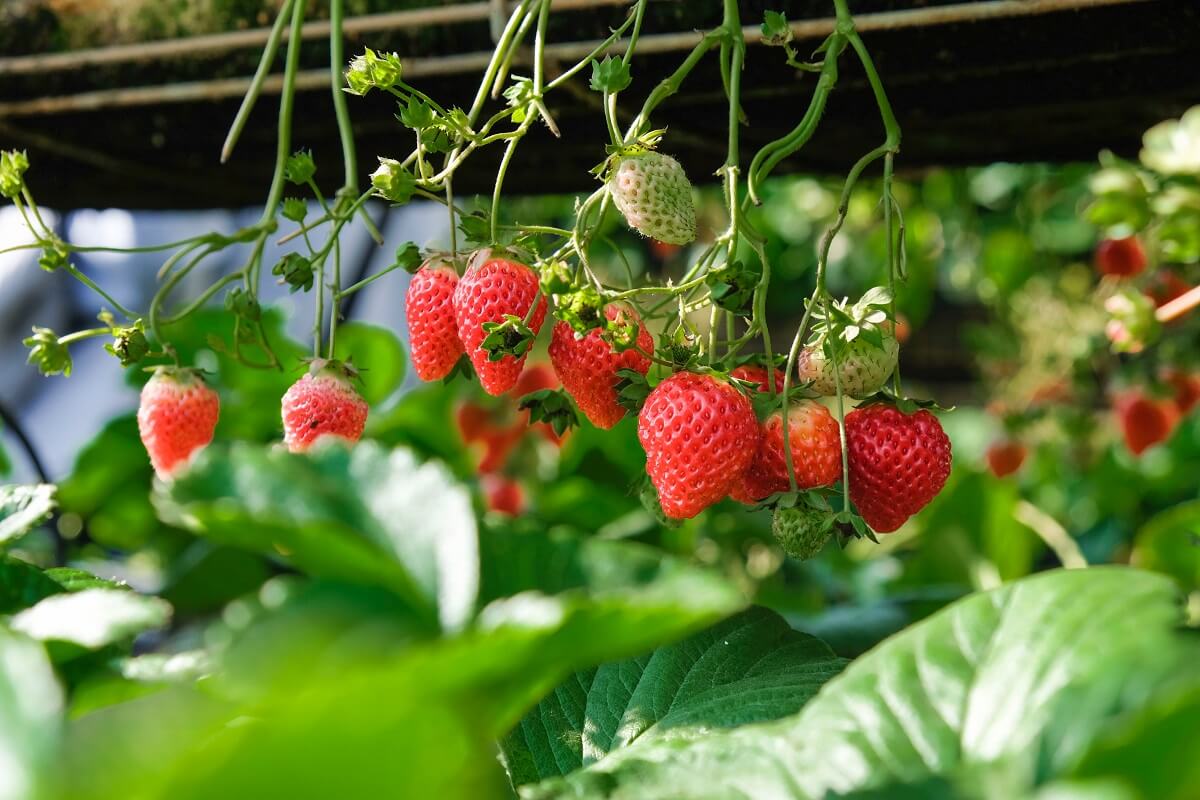
Picking off every other flower bloom will produce larger fruit. Leave the flowers alone for a larger harvest of smaller berries. Often the smaller berries are not the most attractive, but they always seem to be the sweetest.
Resources
- Easy Vegetables to Grow, Texas A&M
- Vegetable Growing, Agriculture Victoria


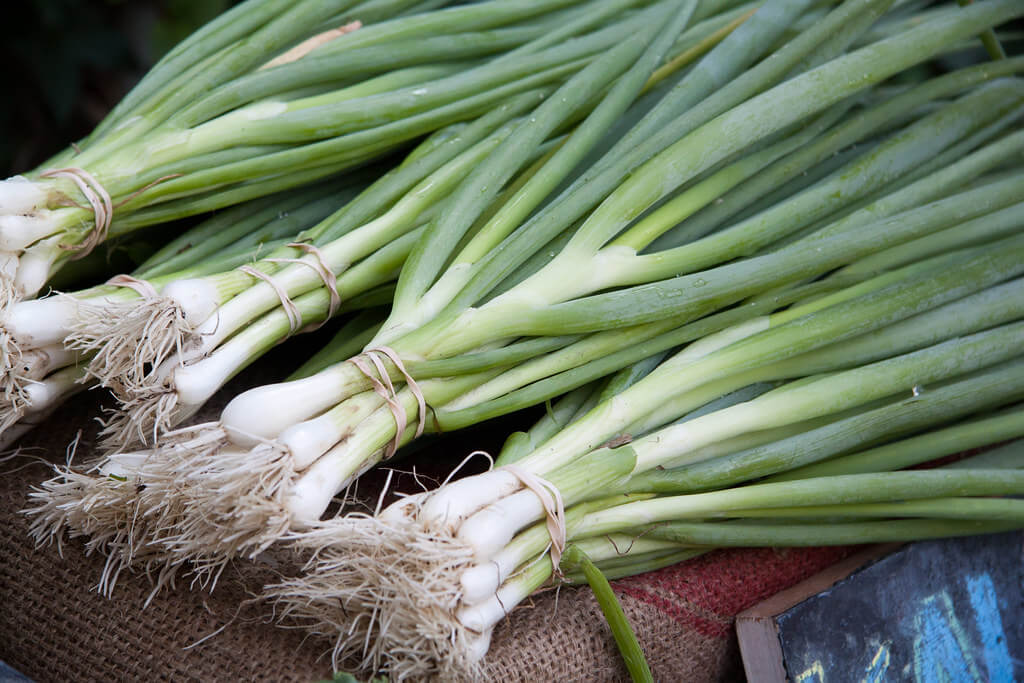
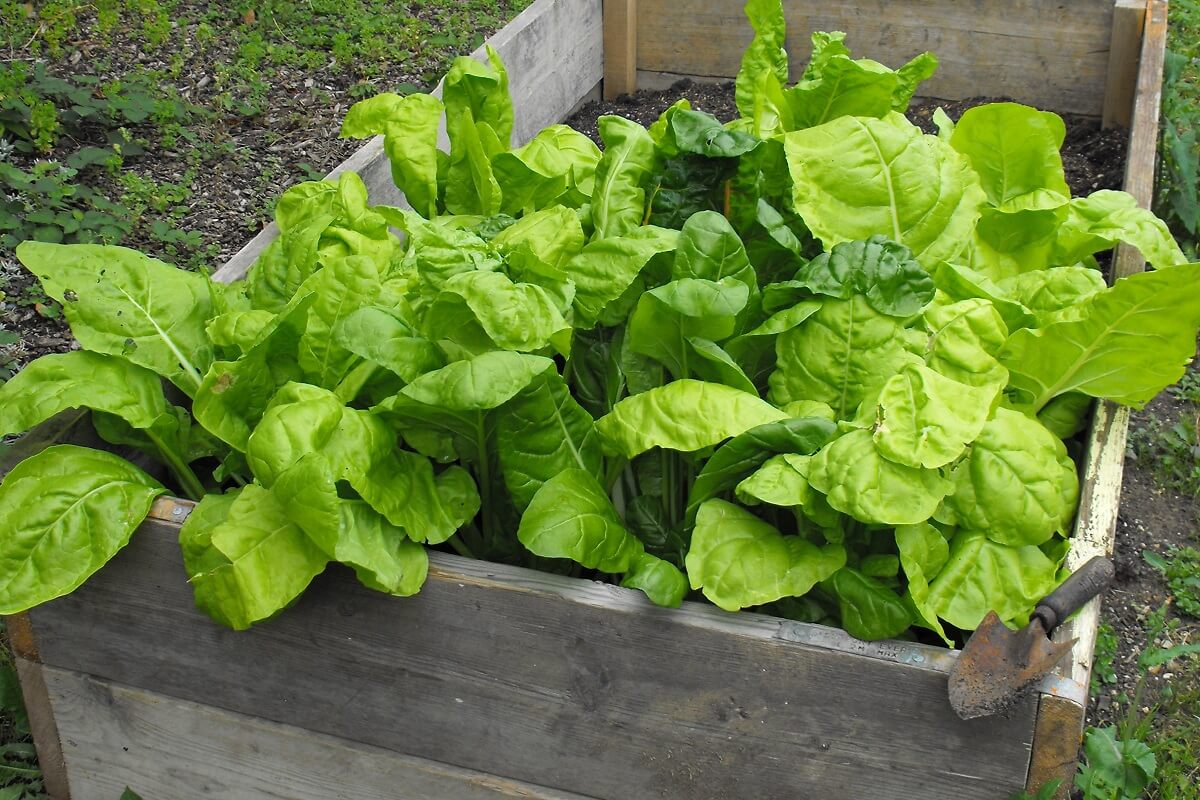
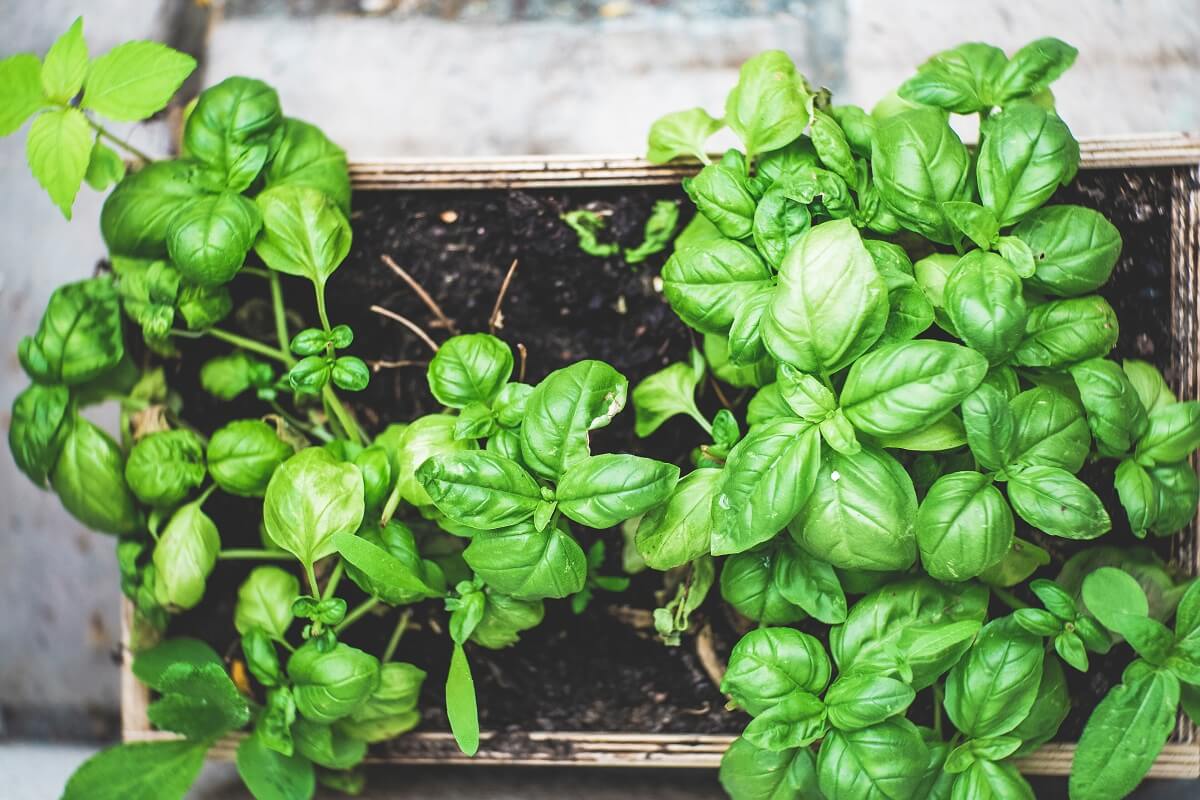
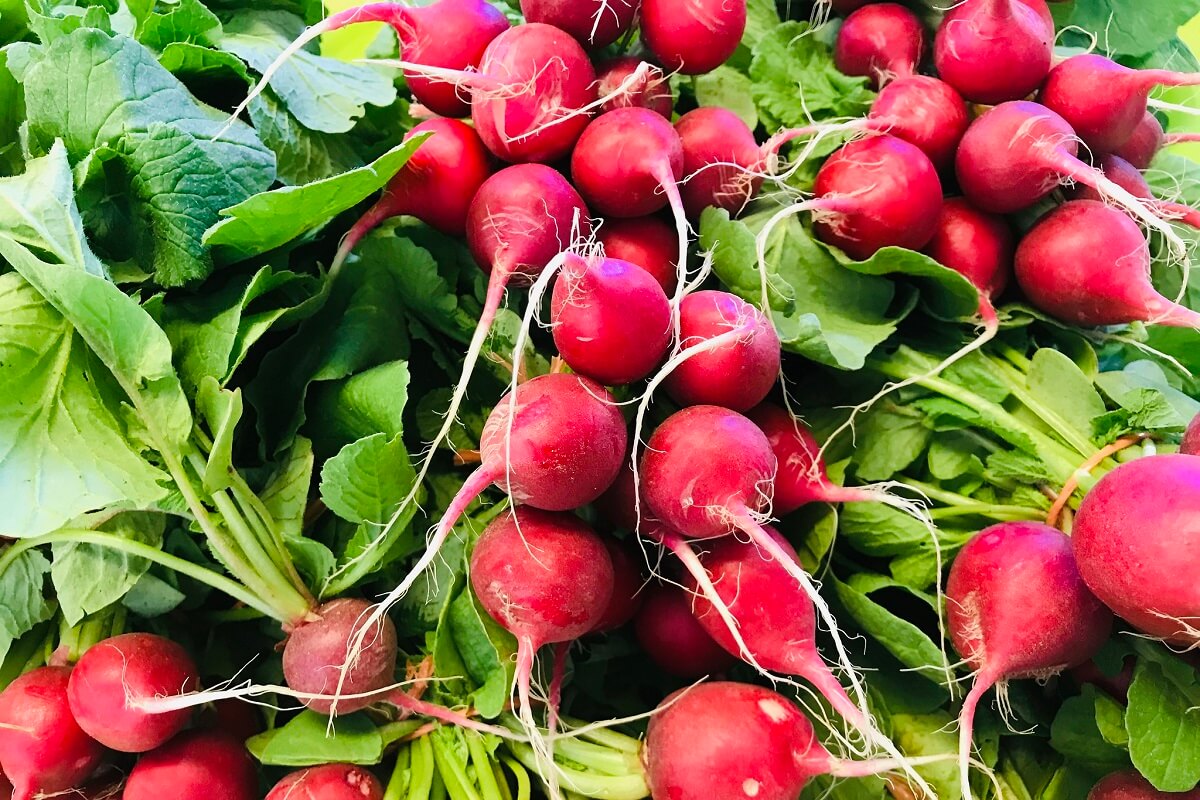
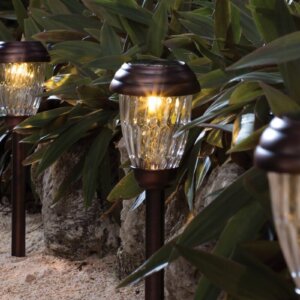

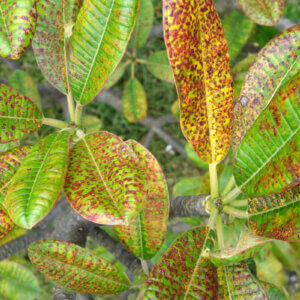
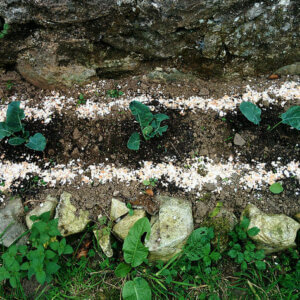




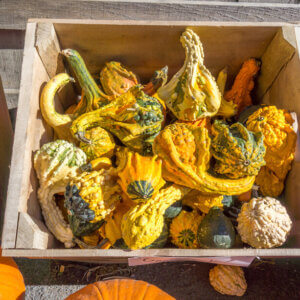

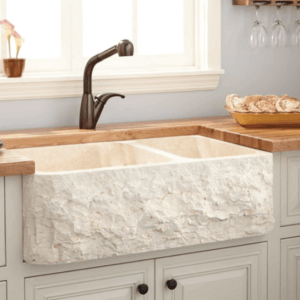


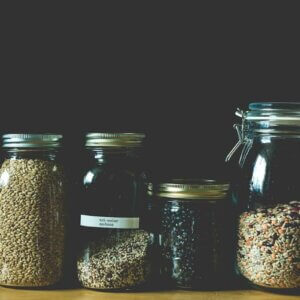




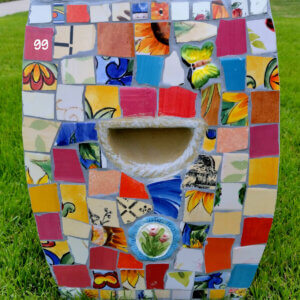


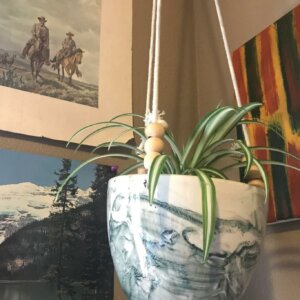

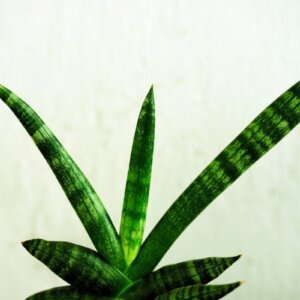


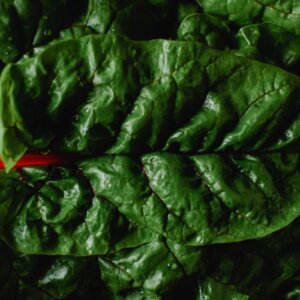


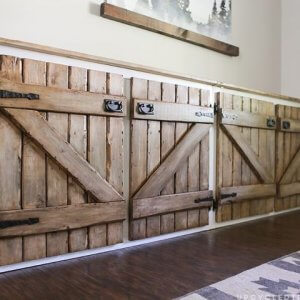
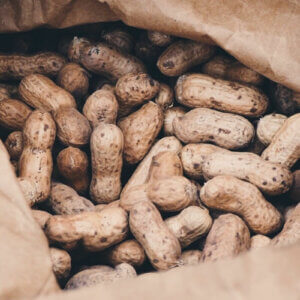
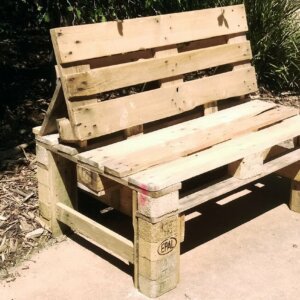




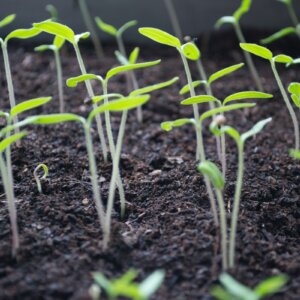
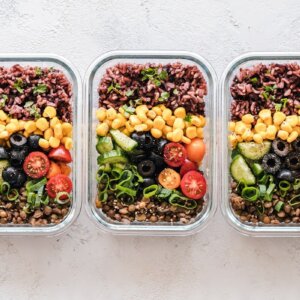

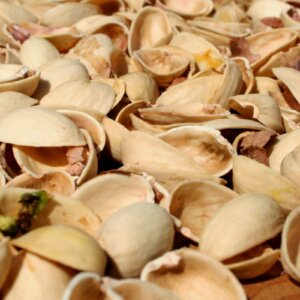
This article is very useful .Thank you so much.